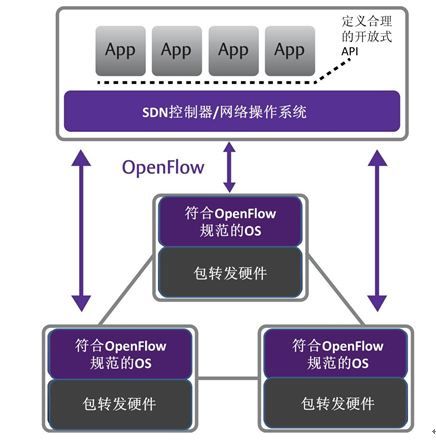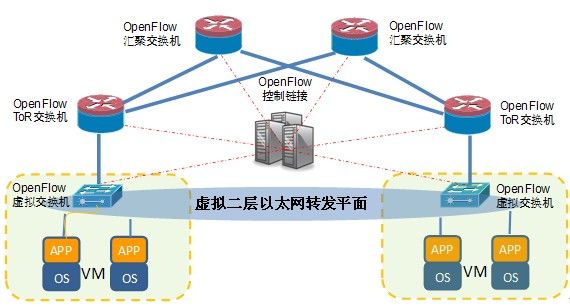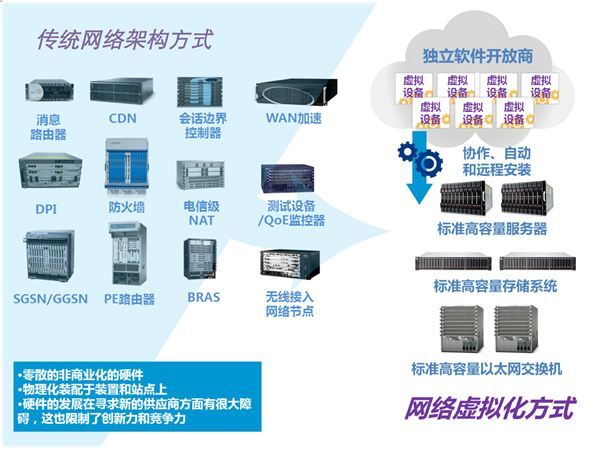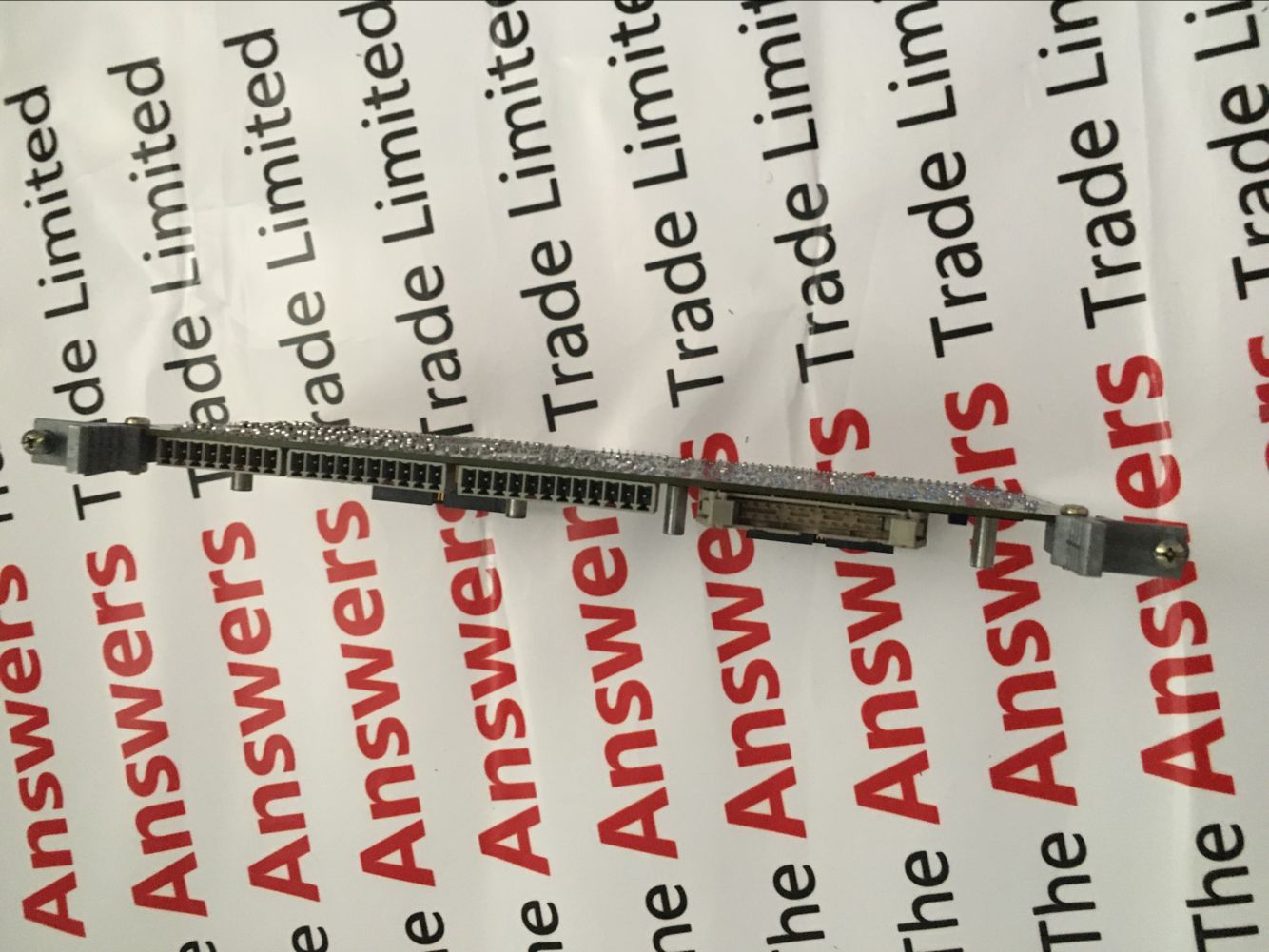Barbara Porter, Senior Product Marketing Manager, Emulex
Is it rare for me to be strange or is it that there has been a recent explosion of popular language? Don't get me wrong, I certainly know that IT industry is not surprised at the frenzied speed of innovation, but it seems that the current technology evolution is faster than ever and is undergoing fundamental changes. We can attribute it to something: the cloud. Cloud computing is by no means new, but it has been extremely active since 2014.
From software to hardware, cloud computing is changing the way data centers deploy, develop and consume everything, and it is rapidly and thoroughly subverting the way companies provide products and services to customers.
Let us briefly understand the next few hot technologies and discuss why you will eventually adopt them.
Software Defined Network (SDN) - What is it?
The definition of SDN is numerous, mainly because it is a relatively new technology and has different meanings for different vendors. Before the market matures, confusion will remain at least for some time. SDN separates the system (control plane) where the traffic is destined and the underlying system (data plane) forwarding traffic to selected destinations. Investors and vendors of these systems believe that this simplifies network 1 . Through the controller, the network administrator can quickly and easily determine how the underlying systems (switches, routers) on the forwarding plane control traffic.
The SDN needs some way to enable the control plane to communicate with the data plane. OpenFlow is such a mechanism, people often mistakenly equate it with SDN, but other mechanisms also meet the corresponding concept.
By separating the control plane from the forwarding plane, the data center can reduce costs and provide better agility. Who does not want this? This is achieved through the following methods:
1. Reduced reliance on expensive dedicated ASIC network hardware and related pay-as-you-go models that often lead to over-provisioning. In other words, you can get more value from your own network.
2. SDN provides greater programmability, making network expansion, system design, and management easier.
3. Agility and flexibility. All people need, want to have good agility and flexibility, and SDN can have both. SDN enables companies to quickly deploy new infrastructure, applications, and servers at a much faster rate than traditional networks.

OpenFlow
People often mix OpenFlow and SDN, but they are not the same. OpenFlow is just a component of the entire SDN architecture and is an open standard for implementing a communication protocol that enables the control plane to interact with the forwarding plane. As an open standard, it is controlled by the OpenFlow Consortium. OpenFlow is not the only existing (or under development) SDN-oriented protocol. The Open Source Network OS (ONOS) led by The Open Networking Lab (ON.Lab) is another option.

Network Function Virtualization (NFV)
This is another term that has different meanings for different people, depending on the industry. In our case, we focus on what it means for the telecommunications industry. To understand what drives NVF development, we can first look at how the telecom industry traditionally deployed its own network. For more than 30 years, telecommunications companies have been relying on customized systems, some of which have developed their own ASICs (via Cisco, F5, or Juniper), and dedicated operating systems (such as Cisco IOS), and then used this technology for base stations, routers, and On Ethernet switches, all these products are optimized for their application. Of course, private use means expensive and slow development.
Fast forward to today’s NFV initiative, which was pioneered by several major telecom service providers. The value of NFV lies in creating a standardized way to virtualize important telecommunication applications, which fundamentally changes the way telecommunication networks are set up and managed. With this, NFV enables these applications to run on industry-standard servers. This means significant cost savings and greater flexibility than ever before.
Enabling NVF to adopt commercial off-the-shelf (COTS) equipment is an advancement of the underlying technologies, including SDN, faster fabric (40Gb Ethernet), and more powerful processors.
NFV can also be implemented without SDN, and these two solutions can also be used together. NFV can provide support for SDN and it can provide an infrastructure that can support the operation of SDN software. A common goal of both technologies is to use lower cost COTS servers and switches.

Source: etsi.org, white paper “Network Functions Virtualization: An Introduction, Benefits, Enablers, Challenges & Call for Actionâ€, October 2012
Open Compute (OCP)
OCP is a Facebook-led initiative that aims to build energy-efficient, scalable, and low-cost computing architectures. The initiative was born out of the design and construction of a large-scale Facebook data center in Prineville, Oregon. The Open Computing Project follows the principles of open source software and its design is open for everyone to share and use. OCP includes the design of software, servers, storage systems, networks, and data centers. With OCP's open hardware design, OCP claims that Facebook's data center in Princeville improved efficiency by 38% and reduced construction and operating costs by 24% compared to other advanced data centers that use specialized equipment. These achievements are very attractive.
As you can see, many of the above techniques are repeated. In order not to ignore them, we once again emphasize: low cost, energy efficiency, non-dedicated, open, scalable, flexible, and agile. Even if you don't currently need to redesign your own data center, you may also need to stay competitive.
Regardless of which technology you choose, one thing you can be sure of is that the cloud will put pressure on I/O, and the I/O bottleneck will shift from its current location to other places. The worse your processing power, the more serious the delay problem will be. In order to take precautions and solve new problems brought about by new technologies, it is necessary to find technologies that can reduce the delay, such as RDMA over Converged Ethernet (RoCE). You also need to come up with a solution that can use resources flexibly. It cannot lock you in with long-term commitments such as dedicated equipment, infrastructure, and proprietary software so that you can take a favorable position and be able to conveniently Use it.
Now fasten the seat belts and get ready to go!
Features and Benefits
- The industry`s most extensive selection of machinery measurement parameters combined with software configuration for virtually all monitor options
- Maximum reliability with extensive self-checking and fault tolerant design features
- Rugged design that is fully compliant with the American Petroleum Institute`s Standard API 670 and API 618 requirements, Canadian Standards Association (CSA), Factory Mutual (FM), GOST, ATEX, and CE requirements
- Compatibility with a variety of locally or remotely mounted displays
- Flexibility for configuration with various levels of redundancy, ranging from simplex modules to dual power supplies to redundant relay modules with wide ranging and flexible logical operator options for configuring complex relay logic as desired
- An Ethernet port in the 3500/22M Rack Interface Module and a single network cable to communicate with GE's System 1® software, connecting condition monitoring and diagnostic software
- Optional DNV and Class NK certifications for maritime applications, and communication gateway module to connect to plant control and automation systems
- TÃœV Functional Safety Certification that can be supplied for applications requiring up to Safety Integrity Level (SIL) 2, when the product is used as part of a safety instrumented system
-
Bently Nevada:3500/3300 system,Proximitor probe etc.
-

Bently Nevada Cards,16-Channel Relay Module,Ac Power Supply Module,Bently Nevada 3500/33
Xiamen The Anaswers Trade Co,.LTD , https://www.answersplc.com